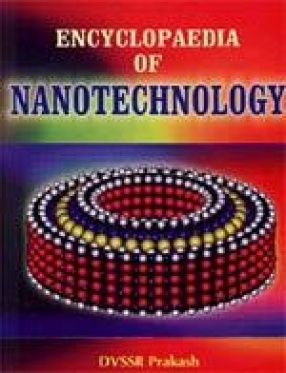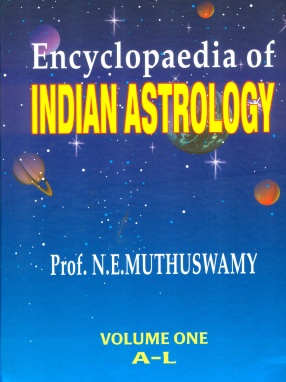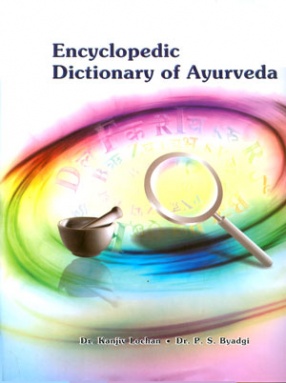Encyclopaedia of Nanotechnology (In 10 Volumes)
Encyclopaedia of Nanotechnology is one of its kinds in terms of coverage, scope, elaboration, usefulness and futuristic perspective. Nanotechnology is now a rapidly growing field of research and development that is cutting across many traditional boundaries. This technology has the ability to control or manipulate on the atomic scale. Nano is a prefix meaning one billionth (1/1,000,000,000). This is why; Nanotechnology overlaps with a wide range of the existing sciences. Subjects that seem at present to have the most direct and constructive involvement with Nanotechnology are: Optical and Quantum Physics; Molecular Biology; Biomedical Engineering (through genetics and Microbiology); Electrical Engineering (through MEMS systems); Software Engineering (through AI, Communication and Information Systems). The applications of nanotechnology are near limitless, but the main focus seems to be on its use in medical applications. That seems to be what's driving the research, since it would give us to opportunity to cure most diseases, even possibly eliminating the concept of natural death. There are so many other applications, however, ranging from mundane to incredibly profound. Other applications include ultra-fast & high memory capacity computers, highly advanced communication systems, advanced display technology, advanced biological imaging, stem-cell engineering, medical diagnostic tools, sensors for airborne pollutants energy storage materials, photovoltaic cells, fuel cells, polymer nanocomposites, super-tough nanocoatings, landmine detectors, and thousands more. Nanotechnology has, therefore, become the hottest topic of discussion in the scientific world, media, government circles and corporate circles. Although it is a field that has already seen its share of hype, there is a general consensus that over the long term, nanotechnology is likely to reconfigure everything.
Get it now and save 10%
BECOME A MEMBER







Bibliographic information
Tags